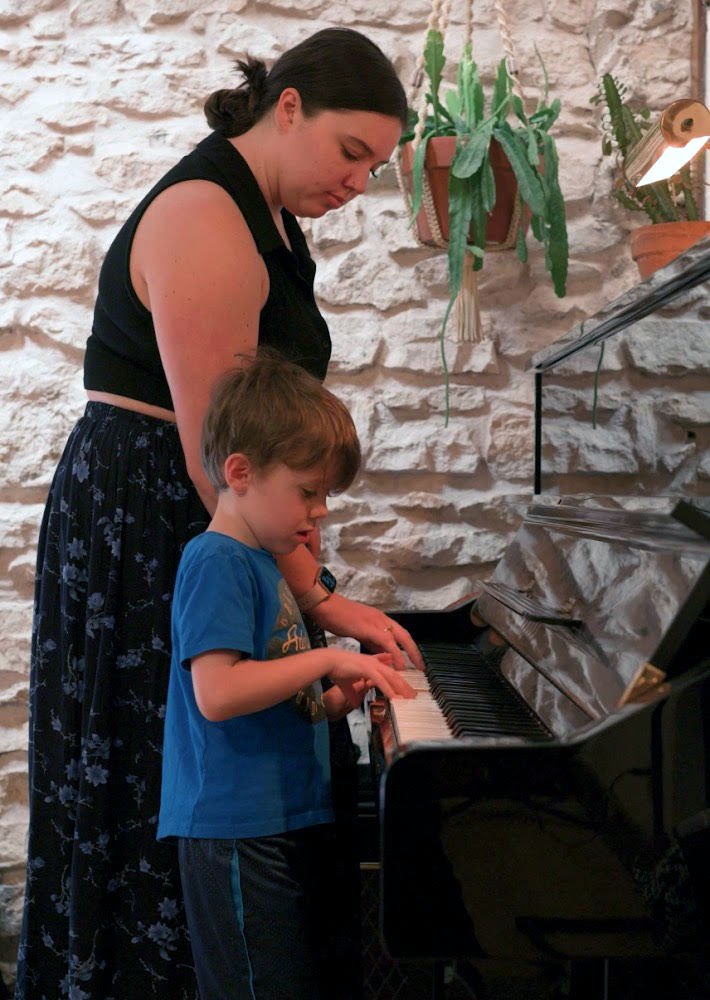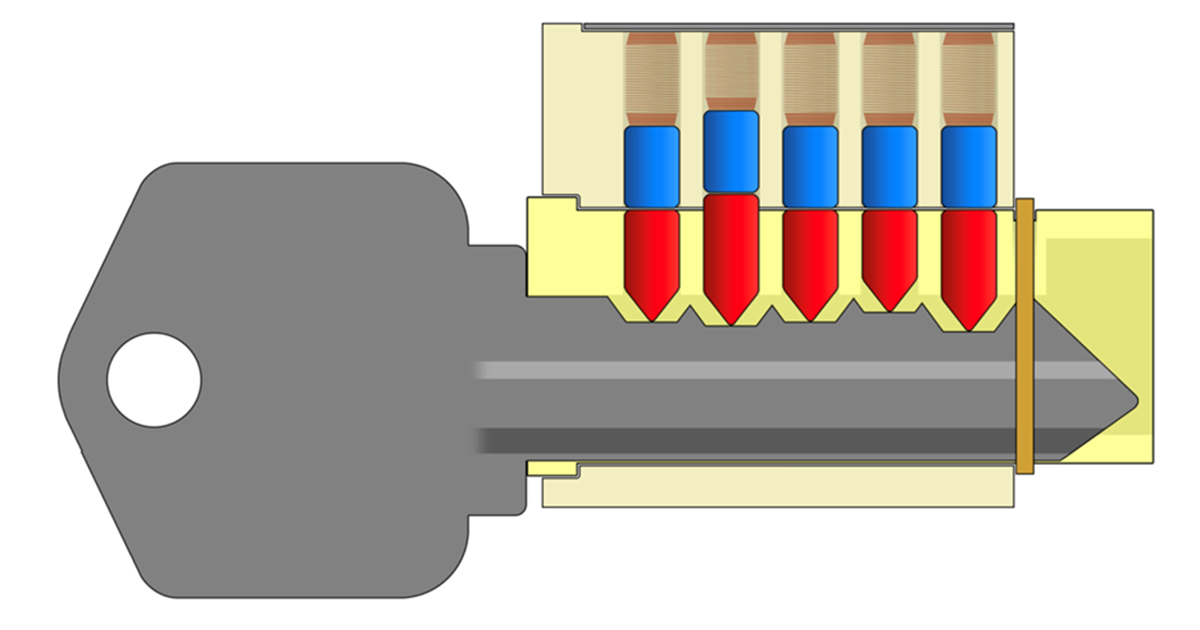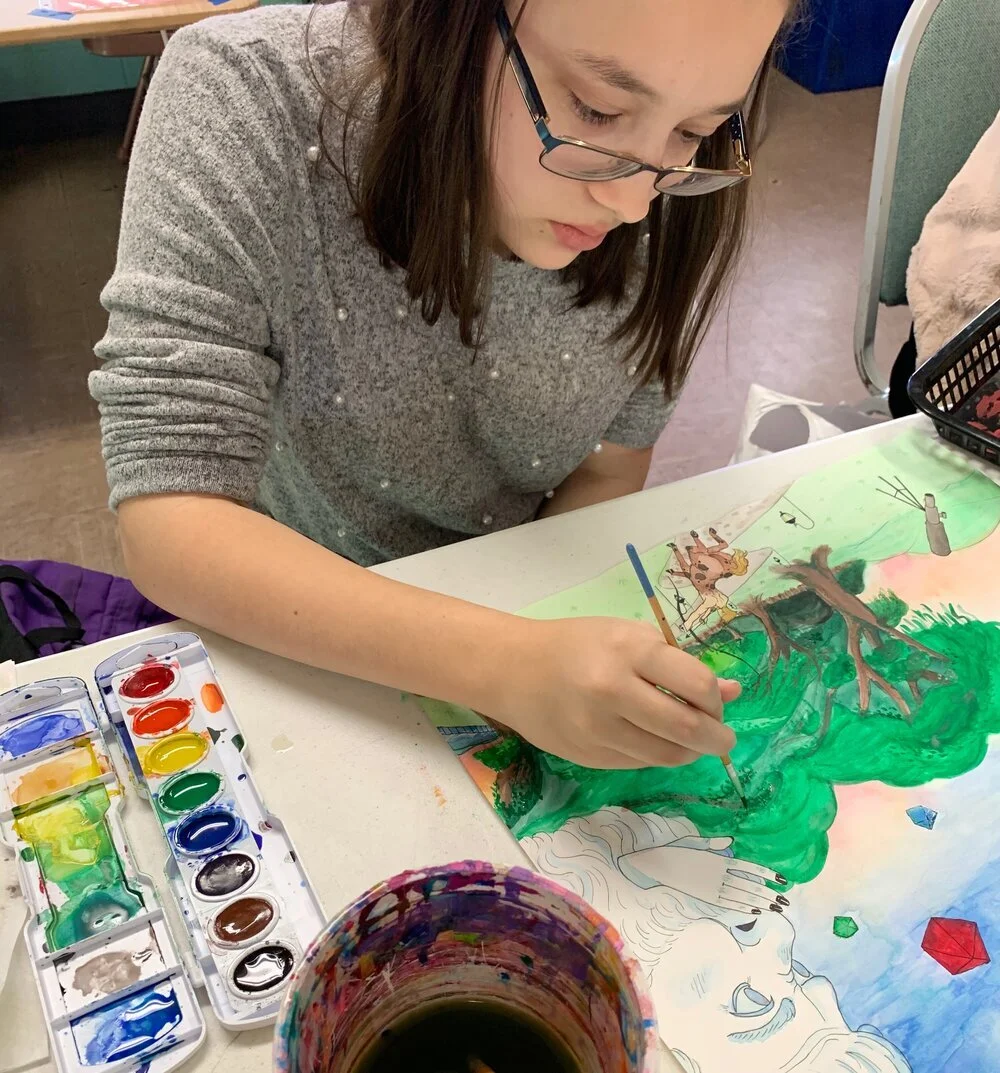Paper, please
/Guest contributor Ken Hawthorn is back with a great art + geometry activity you can try with your family. Ken is the founder of Austin School for the Driven, a unique environment of experiential learning, the hacker mindset, and outdoor education, all curated by community. He is the author of Super Arduino and consults with both Austin Community College and the University of Texas at Austin on makerspace education and design.
Paper is a structural material that forms the basis for so many wonderful math, science, and art projects at school and at home. From slide rules to “sharks with frickin laser beams,” paper is an amazing place to start!
Today I want to share some recent explorations of pop-up card geometry and even provide you, dear reader, with the actual files we used in class at Driven so you can make the same project at home with a Cricut, scissors, or an X-ACTO knife.
The below picture is a prototype pop-up card design students constructed in the third week of school at Driven. The genesis of the idea was a collaboration between Adam Soto, a literacy teacher at Griffin School, and me, Ken Hawthorn. Adam works with his students to individually go through the process of writing their own novel. Adam and I were looking for meaningful project-based intersections that combined the makerspace and the novel-writing project.
We realized that cards people give each other are really about the story of two people and the relationship between them. A spouse purchases a card that has symbols and words that proclaim appreciation and love for a partner, mom might get a handmade card from a child with a drawing of the whole family, or a co-worker might select a card that expresses how good the recipient is at being an inclusive member of the team. Whatever the occasion, the well-chosen card will usually express not just a particular sentiment, but also images and words that reflect a relationship and shared experiences between two people. When a third party reads a card, originally given from one person to another, they can infer a lot about the story of that relationship based on the design of the card and the words used.
With this in mind, why not have students make cards that are not from one person to another, but that encapsulate the important parts of the novel they are reading or writing? In this case, students at Driven wanted to look at a fairytale castle. Below are the steps they took to create a pop-up castle card.
Here is a link to the svg file you can use for your own geometric explorations.
Ken Hawthorn | Austin School for the Driven
































